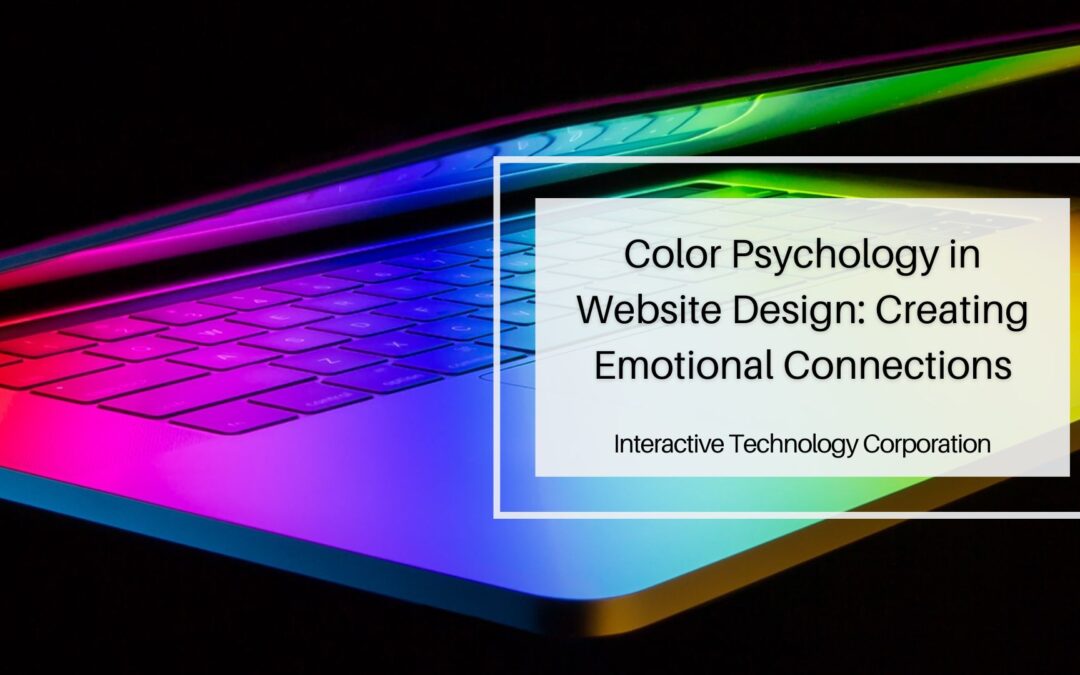When it comes to website design, there’s more to colors than meets the eye. Colors have the power to evoke emotions, influence perceptions, and create strong connections with users. This is where color psychology plays a significant role. By understanding the impact of colors on human emotions, web designers can strategically use colors to create compelling and engaging websites that resonate with their target audience.
Color psychology is the study of how colors affect human behavior and emotions. Different colors have distinct psychological associations and can evoke specific feelings and responses. Here are some commonly used colors and their psychological effects:
Blue:
Blue is often associated with trust, reliability, and tranquility. It can create a sense of calmness and security, making it ideal for websites related to technology, finance, or healthcare.
Red:
Red is a powerful and attention-grabbing color. It is associated with passion, excitement, and urgency. Red can be used to stimulate energy and create a sense of urgency, making it suitable for websites promoting sales, discounts, or entertainment.
Green:
Green is associated with nature, growth, and harmony. It is often used in websites related to eco-friendly products, health, or relaxation. Green can evoke feelings of freshness and renewal.
Yellow:
Yellow is a vibrant and optimistic color that symbolizes happiness and energy. It can be used to grab attention and convey a sense of positivity. Yellow is often used in websites promoting creativity, youthfulness, or fun.
Orange:
Orange is a warm and energetic color that combines the passion of red and the cheerfulness of yellow. It can create a sense of enthusiasm and warmth. Orange is often used in websites related to food, entertainment, or adventure.
Purple:
Purple is associated with luxury, creativity, and spirituality. It can create a sense of elegance and sophistication. Purple is often used in websites related to beauty, art, or high-end products.
Black:
Black is a color of sophistication, power, and mystery. It can convey a sense of elegance and authority. Black is often used in websites related to luxury brands, fashion, or technology.
When choosing colors for a website, it’s crucial to consider the target audience and the message you want to convey. Different colors have different cultural meanings and interpretations, so it’s important to be mindful of the cultural context as well. Additionally, it’s essential to maintain a visually balanced and harmonious color palette that enhances the overall user experience.
In conclusion, color psychology is a powerful tool in website design. By understanding the psychological impact of colors, web designers can create emotional connections with users, evoke desired feelings, and enhance the overall user experience. When used strategically, colors can leave a lasting impression, establish brand identity, and ultimately drive user engagement and conversions. So, next time you design a website, consider the colors you choose and the emotions you want to evoke.

